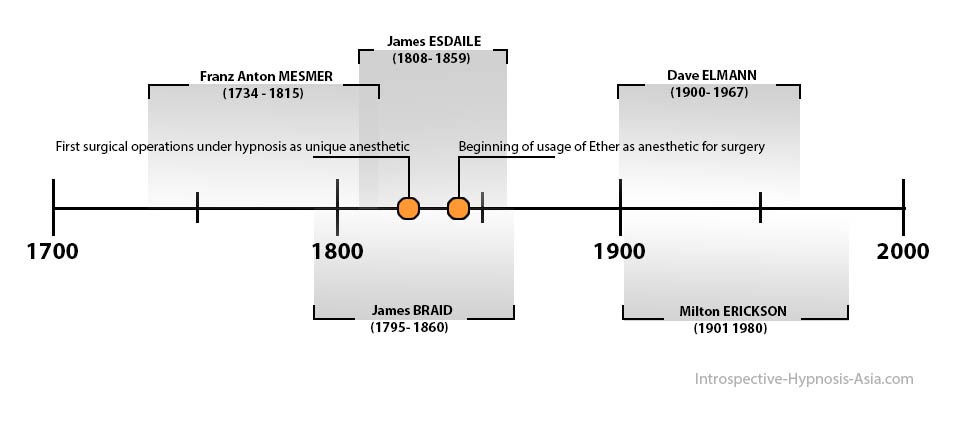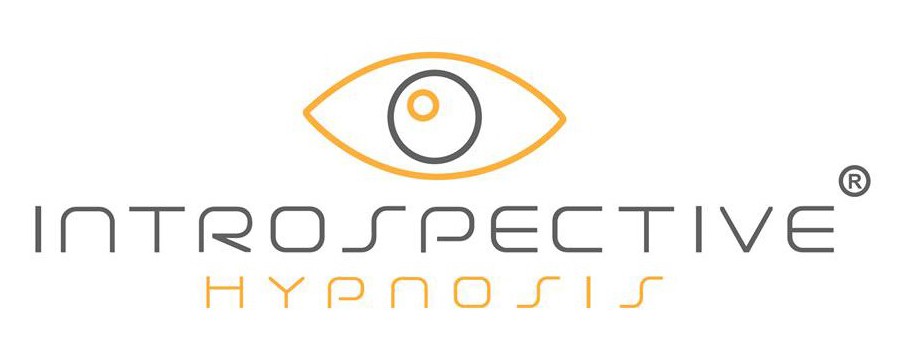BRIEF HISTORY
Today medical hypnosis is recognized and practiced by more and more doctors, dentists as well as in some hospitals. It is sometimes even used to perform surgery without general anaesthesia.
We talk about hypno sedation.
Many people have contributed to the development of hypnosis as we know it and practice it in various forms today. To name only the most influential people :

Franz Anton MESMER (1734 – 1815) In, 1778, Dr. Franz Anton MESMER, a German physician working in Paris, Theory of a magnetic fluid that he described as “animal magnetism” which spreads contagious of “magnetic crises” moved to Paris where he established his practice in 1778.
His main theses are:
- A subtle physical fluid fills the universe, serving as an intermediary between man, the earth and celestial bodies, and between men themselves;
- The disease results from a bad distribution of this fluid in the human body and the healing amounts to restoring this lost balance;
- Thanks to techniques, this fluid is likely to be channelled, stored and transmitted to other people, causing “crises” in patients to heal them.
According to MESMER, animal magnetism is the capacity of every man to heal his neighbour thanks to a “natural fluid” of which the magnetiser would be the source, and that he would diffuse through “passes”, called “Mesmeric passes”, on the body.
James BRAID (1795 – 1860) defines “hypnotism” as a “state of nervous sleep” in which it is easy to immerse a person using induction by fixation on a shiny object. He uses this method, especially to obtain anaesthesia during surgery.
It will be recalled that the ether will be used in anesthesia for the first time in the United States only in 1842 and in France that in 1847 this replaced hypnosis as a means of anesthesia and saw the disappearance of the use of hypnosis in the process of anesthesia. James BRAID concluded that the English medical corps was determined to prevent the public from being aware of the success of mesmerism for anesthesia in surgical operations.
He is considered by many to be the first true “hypnotherapist” and the “father of modern hypnotism”.
February 1842, James BRAID used the term “Neurohypnology” (which he then shortened to “Neurypnology”)
The doctor surgeon James ESDAILE (1808 – 1859) Scottish surgeon, He studied Mesmerism (at that time the words anesthesia and hypnotism did not exist) He used mesmerism in an anesthesia process and he was working with military troops in India. He was doing several Mesmeric passes (similar to reiki) 7 to 10 sessions were needed before he estimated that the patient was ready and he could proceed with the operation. It has been reported 345 major operations performed using Mesmeric sleep as the only anesthetic in British India.
Hypnosis was then relegated to oblivion for about 80 to 100 years ….
Dave ELMAN (1900 – 1967) studied Mesmer and He also managed to achieve a hypnotic trance in patients much faster and helped to promote the medical use of hypnosis from 1949 until his heart attack in 1962. The definition of hypnosis by ELMAN is still used today by professional hypnotherapists.
Although ELMAN had no medical training, Dave ELMAN taught hypnosis to doctors and surgeons, he taught more than 1,000 doctors and dentists. he was called the youngest and fastest hypnotist in history. ELMAN has made possible cardiac surgery without anesthesia using hypnosis.
Milton Hyland ERICKSON (1901 – 1980) was an American psychiatrist and psychologist specialised in medical hypnosis and family therapy. He was the founding president of the “American Society for Clinical Hypnosis” and a member of the “American Psychiatric Association”, the “American Psychological Association”, and the “American Psychopathological Association”. He is known for his approach to the Unconscious as a creator and generator of solutions. He is also known for his influence on Neuro Linguistic Programming, which was partly based on his methods of work.
ERICKSON argued that trance is a common and everyday phenomenon. For example, when you wait for buses and trains, read or listen, or engage in strenuous physical exercise, so it is natural to immerse yourself in the activity and to enter a trance state away from any irrelevant stimulus. These states are so common and familiar that most people do not consciously recognise them as hypnotic phenomena.
